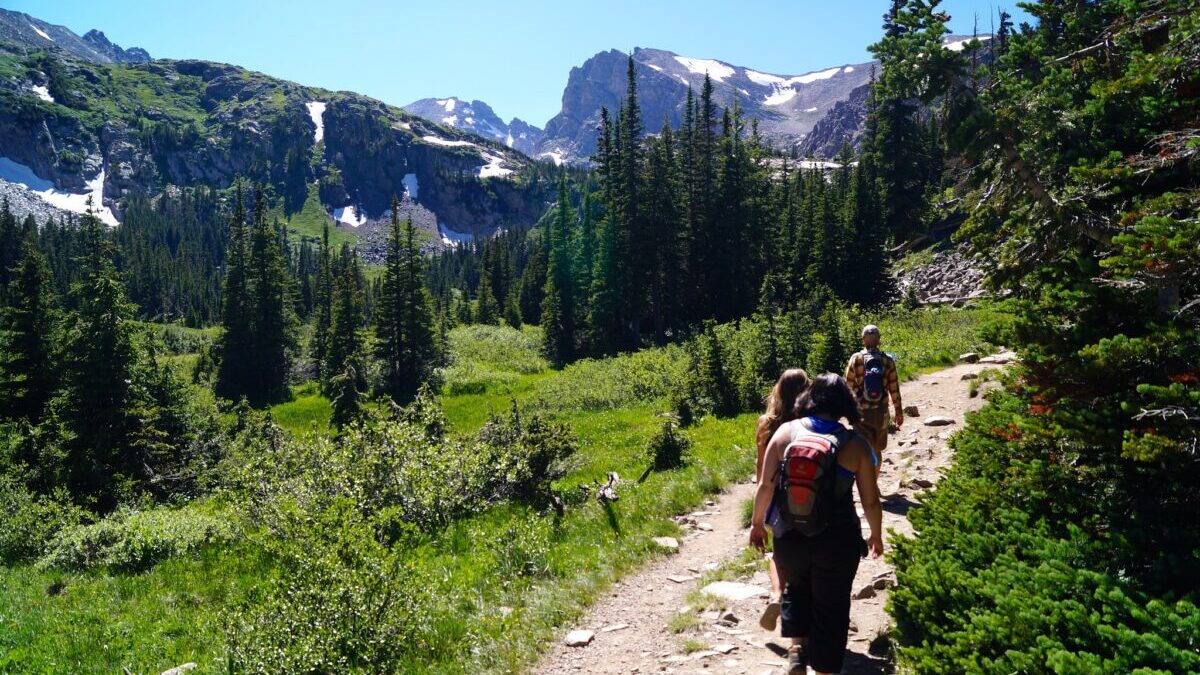America’s world-famous national parks are getting crowded.
Last year there were nearly 312 million recreational visits to the national parks, according to the U.S. National Parks Service. That number is up from more than 237 million visits reported in 2020, when visits oddly dropped during pandemic lockdowns. More than 327 million visits occurred in 2019.
The parks have become so popular that some have implemented summer reservation systems to avoid overcrowding and preserve the delicate ecosystems that are prone to overuse. While Yosemite dropped its reservation program this year, at least seven of the nation’s 63 parks still require reservations in one form or another. Parks maintaining reservations include Rocky Mountain National Park in Colorado, Haleakala National Park in Hawaii, Acadia National Park in Maine, Glacier National Park in Montana, Arches National Park in Utah, Shenandoah National Park in Virginia, and Olympic National Park in Washington.
Overcrowding has become so problematic that The Wall Street Journal ran a feature two years ago outlining the problem. “National Parks are Overcrowded and Closing Their Gates,” read the headline.
Once parks reach capacity, officials shut down entrances, forcing people who drove for hours to get there to find somewhere else to go.
“Visitors are increasingly spending more time sitting in their cars as they wait to access the vast outdoors,” the Journal reported.
Even once inside, tourists are finding their experience is far different than the serene paradise they imagined.
“Some tourists say their visits are less enjoyable because they are surrounded by Disneyland-caliber crowds at popular attractions like Delicate Arch,” the Journal noted. Locals, on the other hand, “say they are increasingly frustrated, as graffiti and piles of human waste are appearing where people are camping far from toilets, trash cans and any law enforcement.”
Meanwhile driving through the parks can be just as painful. Ask anyone who’s ever been to Yellowstone, and they’ve likely experienced traffic jams from cars lined up to catch a picture of a moose 100 yards away as if nobody’s ever seen a wild creature. Although Yellostone’s road corridors and parking areas make up less than 1 percent of the park that’s larger than Delaware, the National Park Service reports “most visitors stay within a half mile of these corridors.”
[RELATED: Dumb Tourists In Yellowstone Deserve To Be Trampled By Bison]
At Acadia, before reservations were implemented, about 450 cars would often compete for 170 parking spaces to catch the East Coast sunrise, The Wall Street Journal reported in the fall of 2021.
“Thinking of hitting a major national park next year? Expect to do a lot of planning,” advised the paper.
In other words, Americans who have their sights set on the national parks to find some solitude this summer can expect to be disappointed. There are, however, plenty of alternative destinations that offer a fraction of the hassle.
There are 154 national forests, providing some 158,000 miles of trails to explore for those who want time outside without the disruption of crowds. National Forests are maintained with far less regulation while still giving the public opportunity to camp in 4,300 campgrounds or drive across 9,100 miles of scenic byways. Many national forests are often located adjacent to the overcrowded parks, offering visitors the same views and scenery they may otherwise expect within the park system.
The Arapaho and Roosevelt National Forests, for example, surround Colorado’s Rocky Mountain National Park. In Wyoming, Idaho, and Montana, the Bridger-Teton, Caribou-Targhee, and Custer Gallatin National Forests surround Yellowstone and the Grand Tetons.
Tourists can also pay a visit to any one of the 20 national grasslands managed by the U.S. Forest Service amounting to nearly 4 million acres, not to mention the nearly 2,500 state parks open to the public.
Check out this guide The Wall Street Journal published last summer for exploring public lands without the crowds.
Just a little bit of research can reveal hidden gems off the beaten path from Angel’s Landing at Zion. The highly recommended Alltrails app maintains a trove of more than 200,000 downloadable trail maps with real-time location tracking to guide users on their trek. The app even informs outdoor enthusiasts of trails within their local community, if a major road trip to a destination park is out of the question.
America’s national parks are world famous for good reason, but they’re far from the be-all and end-all of outdoor recreation.









